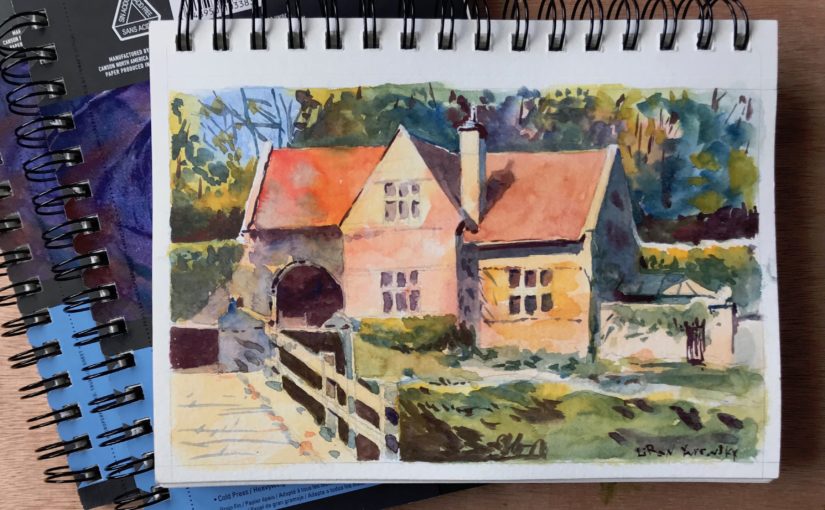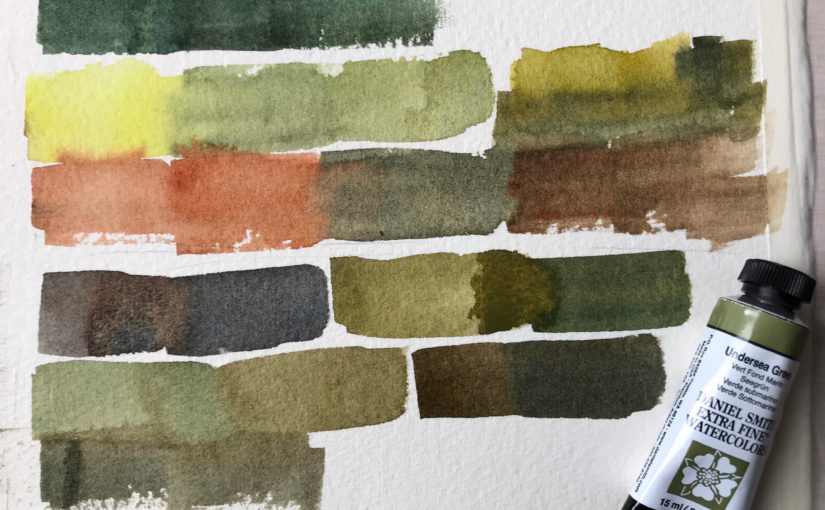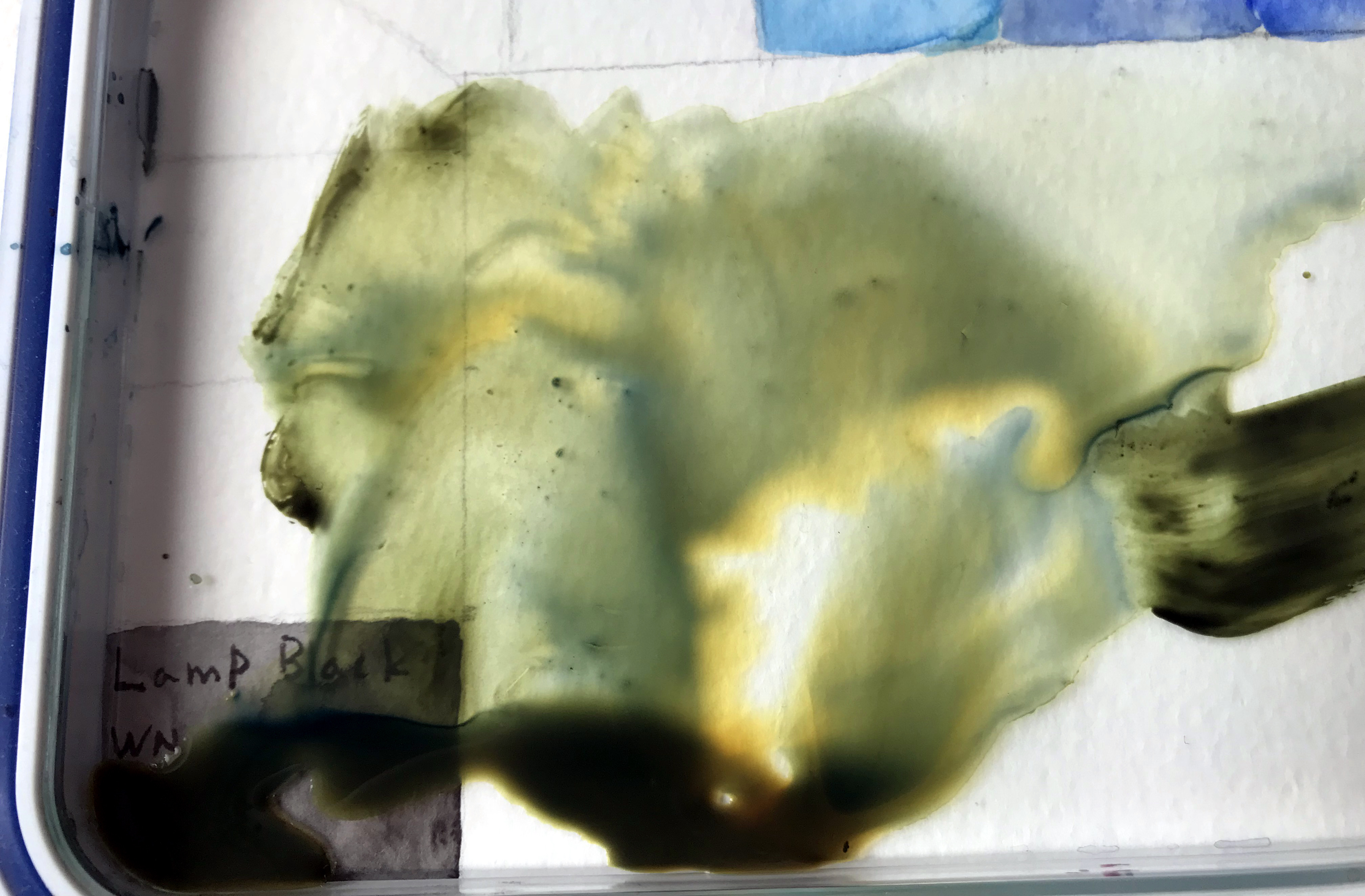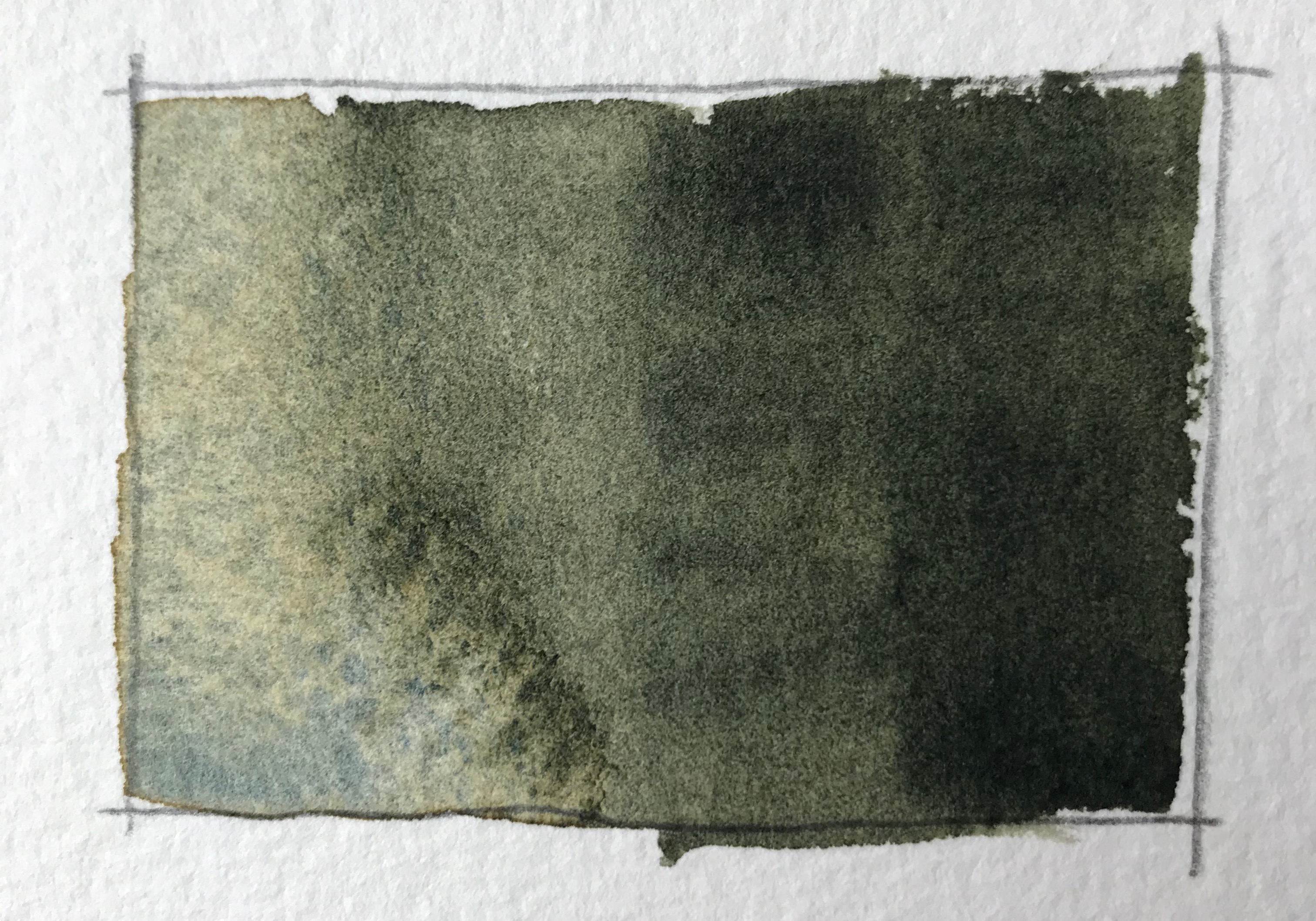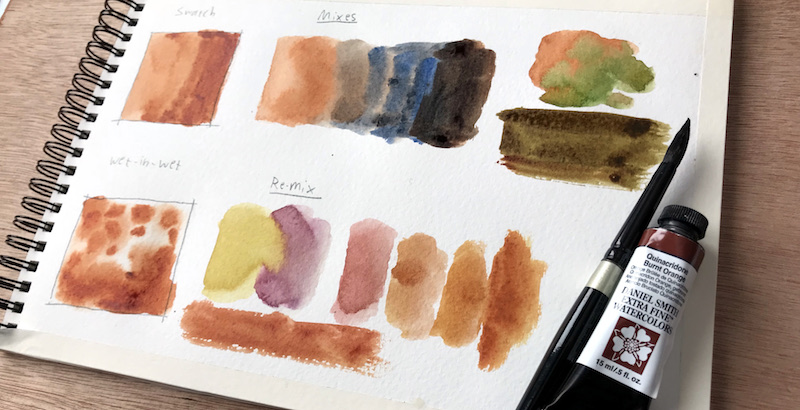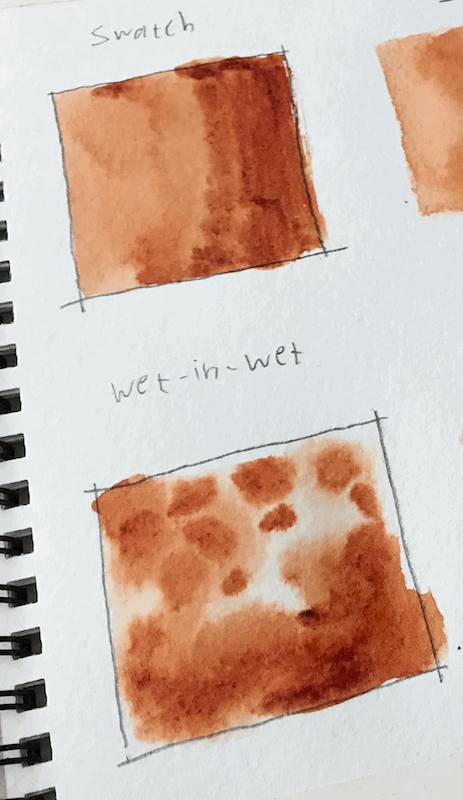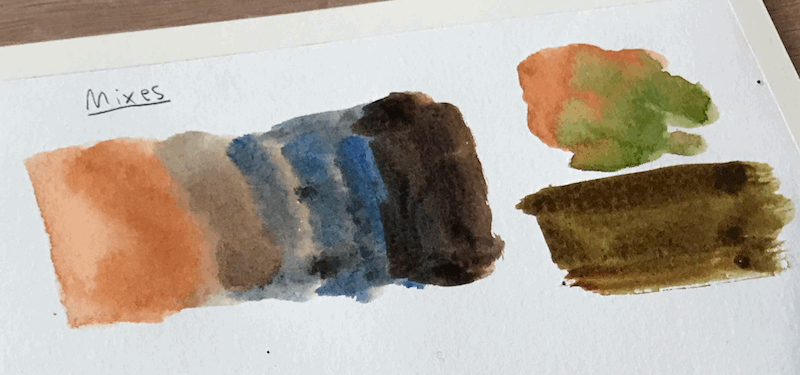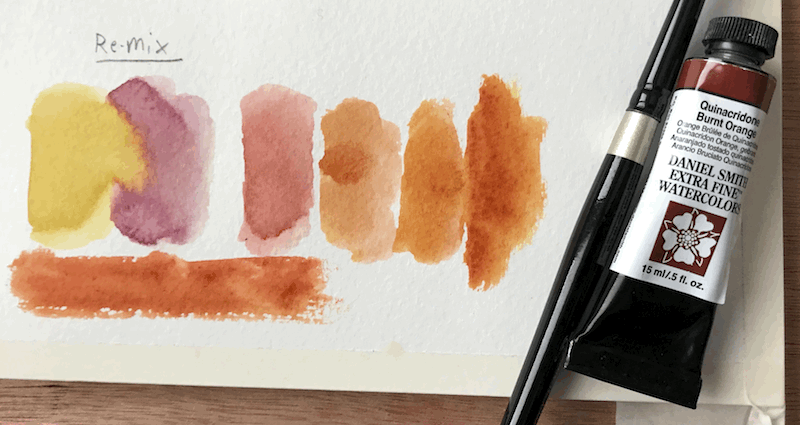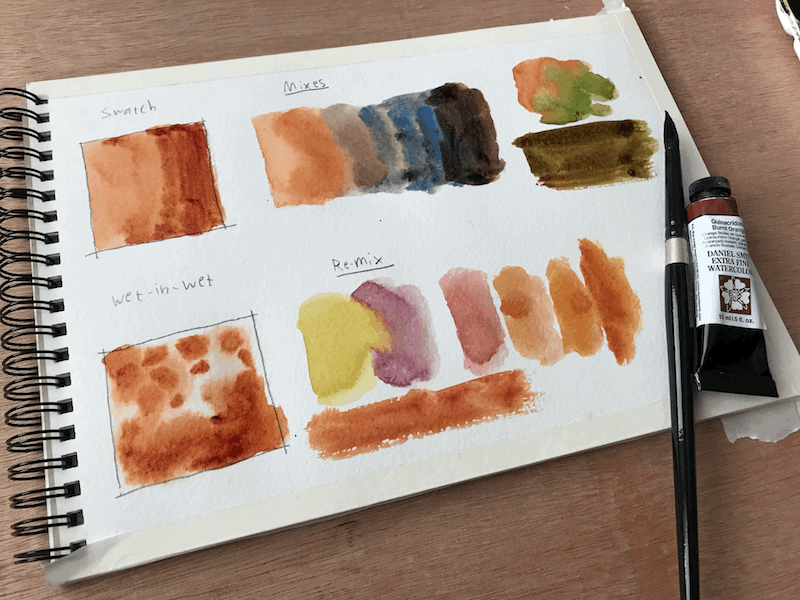Hi there! Today I want to share with you an initial review I did for three paints by ShiHan PWC.
I initially came across these at a local art store, and got a free sample pack. I was surprised to find how much I loved and enjoyed using them.
Here’s the full video review. Below it you’ll find an update from when I originally purchased these (after playing around with them a little more).
ShinHan PWC and Other Lines of Paints
ShinHan is a Korean art supplies manufacturer. It produces three lines of watercolor paints.
- PWC – These are their ARTIST GRADE paints. Their best watercolors.
- Professional – These are their STUDENT GRADE paints. Confusing name, I know (;
- SHAMI – These are watercolors aimed for kids (perhaps similar to the sets you’ll find in the art section of an office supplies store)
Just to clarify – I haven’t tried the other lines so I can’t give a first-hand review. In this review I’ll only talk about the PWC line.
ShinHan PWC Paints I Got
So I decided to kind of build my own primary set. I got three paints:
- Cobalt blue
- Cadmium Red Deep
- Cadmium Yellow Deep
Here’s the first (EVER) painting I did with these.
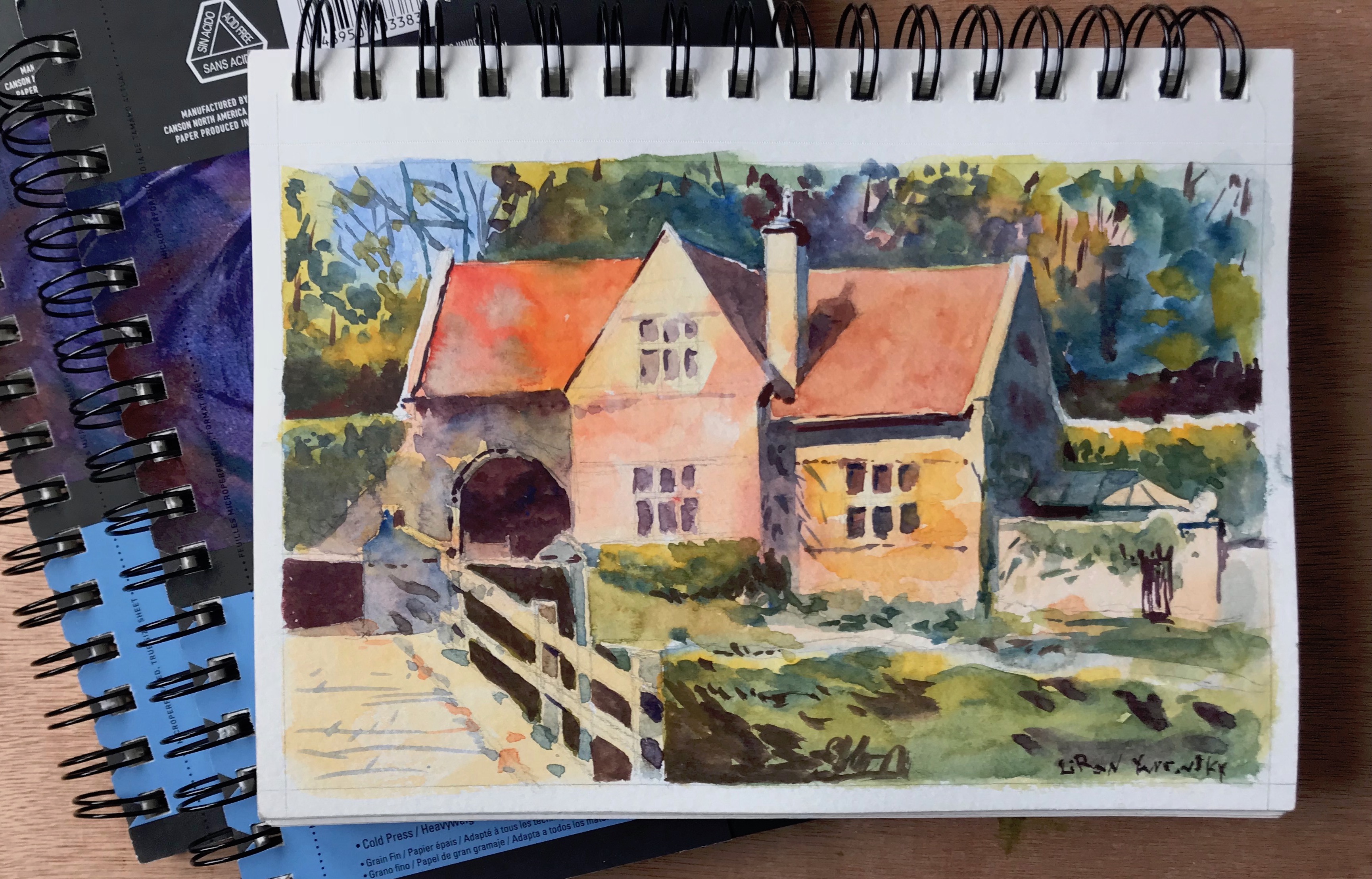
Needless to say, I was very pleased with this result, especially for a first try. I immediately fell in love with these paints.
Individual Tubes Info
Cobalt Blue – A blue somewhat resembling French Ultramarine. Pigment – PB28 (Cobalt Blue). It’s semi-transparent and has excellent lightfastness.
Cadmium Red Deep – A semi-opaque, strong warm red. Pigment – PR108 (Cadmium Sulfoselenide). Excellent Lightfastness
Cadmium Yellow Deep – A nother semi-opaque paint. Strong warm yellow. Pigment – PY35 (Cadmium Yellow).

As chance has it, all of these are Series D (which is relatively expensive, the scale starts at A).
Issues With This Particular Primary Combo
Here are some issues I experience with this specific combinations. These do not necessarily reflect poorly on the paints (but perhaps reflect poorly on my selection haha).
The blue isn’t dark enough. Their Cobalt Blue is easily overpowered by the red. Its range of values simply isn’t wide enough.
This creates problems when trying to achieve a cooler gray, or simply a dark blue.
The red and yellow are a little too opaque for my taste. This makes them even more dominant in the mixture. It’s a bit hard to explain, but it’s like they don’t mix too well.
Again, this has more to do with color selection. I do plan on getting a few more, and this time focusing on transparency and a large range of values.
Here’s another painting I did using these. I love this one too.

Where to Purchase ShinHan PWC Paints
From what I saw, ShinHan does not sell the individual PWC tubes on Amazon. I got lucky, as I can easily get them locally.
However, they do sell sets. I usually don’t recommend sets, especially for beginners, and especially very large ones. But the price for these may actually be worth it. The price per tube is much cheaper that way.
Here are links to purchase two sets (affiliate links, you pay the same price – I get a small commission):
Get the 24 set here
Get the 32 set here
Conclusion
I would highly recommend giving these a try. They seem to be priced cheaper, but as far as I can tell they are beautiful, vibrant and lightfast. Many are single pigments too.
I would suggest doing a more proper research than what I did, and making sure you get a good combo.
I hope you enjoyed this one, and I’ll talk to you soon!
– Liron

